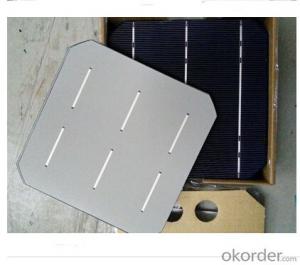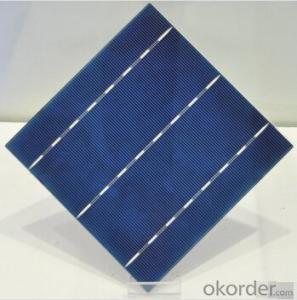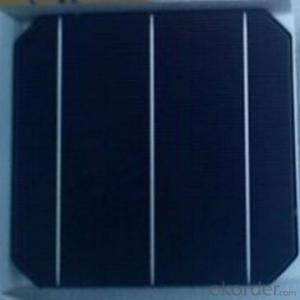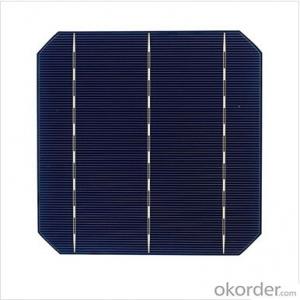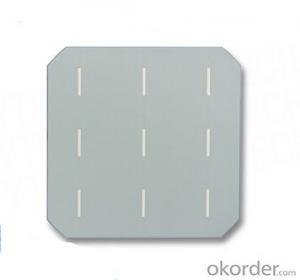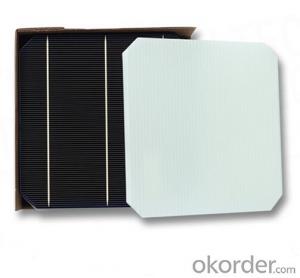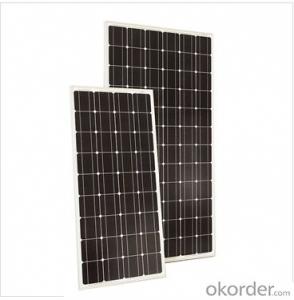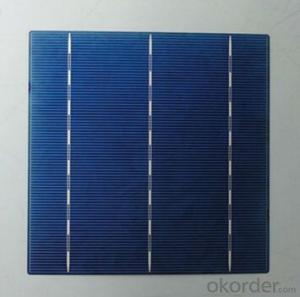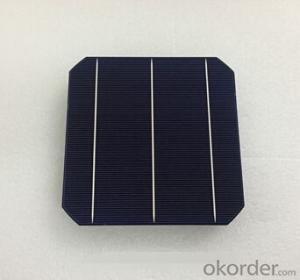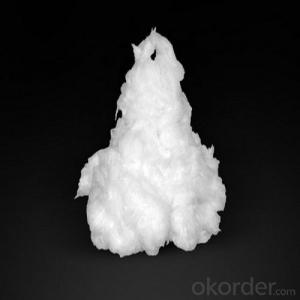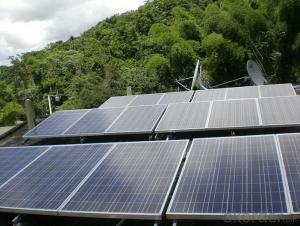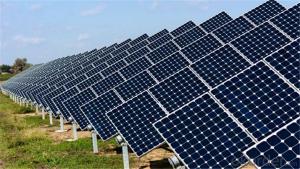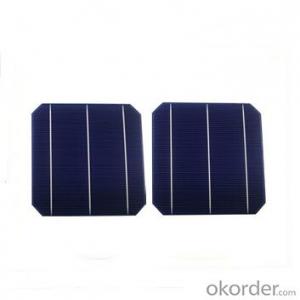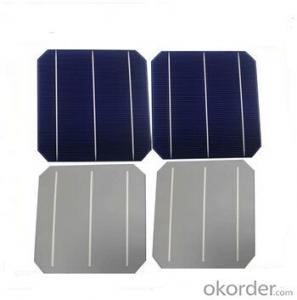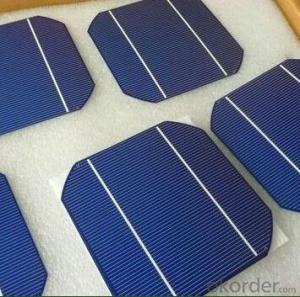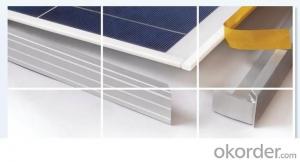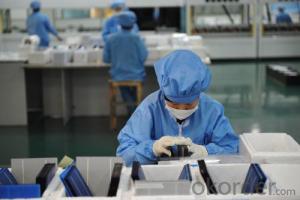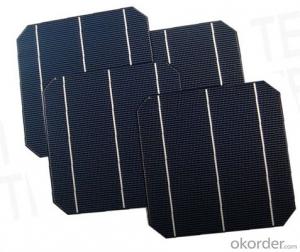Monocrystalline Solar Cells Bulk
Monocrystalline Solar Cells Bulk Related Searches
Except For Solar Cells Weegy Problems With Solar Cells Buy Solar Cells In Bulk Encapsulant In Solar Cells Low Light Solar Cells 4 Generations Of Solar Cells Best Solar Cells On The Market Cost Of Solar Cells Over Time List Of All Solar Cells Cost Of Solar CellsHot Searches
Cheap Solar Cells For Sale Flexible Solar Cells For Sale Printed Solar Cells For Sale Bulk Solar Cells For Sale 6x6 Solar Cells For Sale Broken Solar Cells For Sale Cpv Solar Cells For Sale Price Of Silicon Solar Cells Price Of Solar Cells Over Time Buy Solar Cells From China Cheap Solar Cells China Best Type Of Solar Cells Flexible Solar Cells Price 3 Types Of Solar Cells Production Of Solar Cells Common Types Of Solar Cells Q Cells Solar Panel Prices Home Depot Solar Cells N-Type Solar Cells Buy Solar Cells WholesaleMonocrystalline Solar Cells Bulk Supplier & Manufacturer from China
Okorder.com is a professional Monocrystalline Solar Cells Bulk supplier & manufacturer, offers integrated one-stop services including real-time quoting and online cargo tracking. We are funded by CNBM Group, a Fortune 500 enterprise and the largest Monocrystalline Solar Cells Bulk firm in China.Hot Products
FAQ
- Yes, solar cells can be used for powering transportation infrastructure. Solar-powered electric vehicles (EVs) are becoming increasingly popular, utilizing solar panels to charge their batteries and power their engines. Additionally, solar-powered charging stations can be installed along roads, highways, and parking lots to provide renewable energy for electric vehicles. These advancements in solar technology contribute to a more sustainable and environmentally friendly transportation system.
- Yes, solar cells can be used in transportation. Solar-powered vehicles, such as solar cars and solar-powered boats, harness energy from the sun through photovoltaic cells to generate electricity and propel the vehicle. Additionally, solar cells can be used to power auxiliary systems in transportation, such as charging electric vehicles or providing energy for lighting and ventilation in public transportation systems. The use of solar cells in transportation helps reduce reliance on fossil fuels and contributes to a more sustainable and environmentally friendly mode of transportation.
- Solar cells perform slightly less efficiently in areas with high humidity due to the presence of water vapor in the air, which can reduce the amount of sunlight reaching the cells and increase the chances of dust and dirt accumulation. However, advancements in solar cell technology have made them more resistant to humidity, and their performance is still considerable in such areas.
- Yes, solar cells can be used to power universities. Solar energy is a renewable and sustainable source of power that can be harnessed through solar cells. By installing solar panels on university buildings and campuses, universities can generate clean electricity to meet their energy needs, reduce their carbon footprint, and potentially save costs on energy bills. Additionally, solar power systems can be integrated with battery storage technology to ensure a constant power supply, even during periods of low sunlight or at night.
- The maximum efficiency that a solar cell can achieve is known as the Shockley-Queisser limit, which is approximately 33.7%.
- Solar cells perform less efficiently in areas with high levels of light pollution. Light pollution not only reduces the amount of natural sunlight reaching the solar cells but also introduces artificial light sources that can interfere with the cell's ability to absorb and convert sunlight into electricity. As a result, the overall performance and energy output of solar cells are compromised in such areas.
- How long is the long cycle solar cell life?
- A look at the application of the environment, if the ambient temperature is high, then in general, to 25 degrees as a benchmark, each increased by 10 degrees, life-span reduced by half;
- Yes, solar cells can be used in remote communication systems. Solar cells are capable of converting sunlight into electrical energy, which can be used to power various devices and systems, including communication systems. This is particularly advantageous in remote areas where access to traditional power sources may be limited or non-existent. Solar-powered communication systems have been successfully deployed in remote locations, providing reliable and sustainable connectivity.





